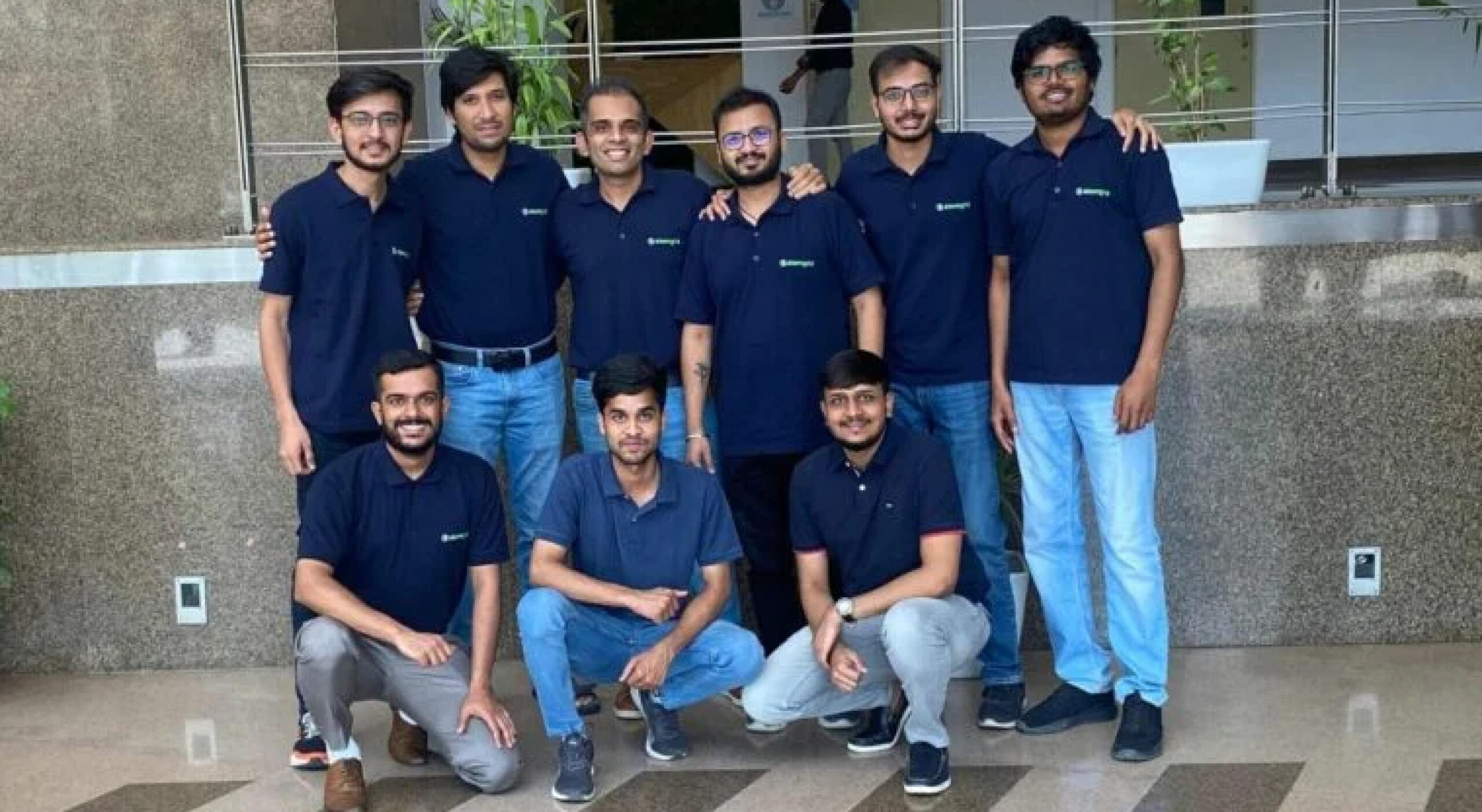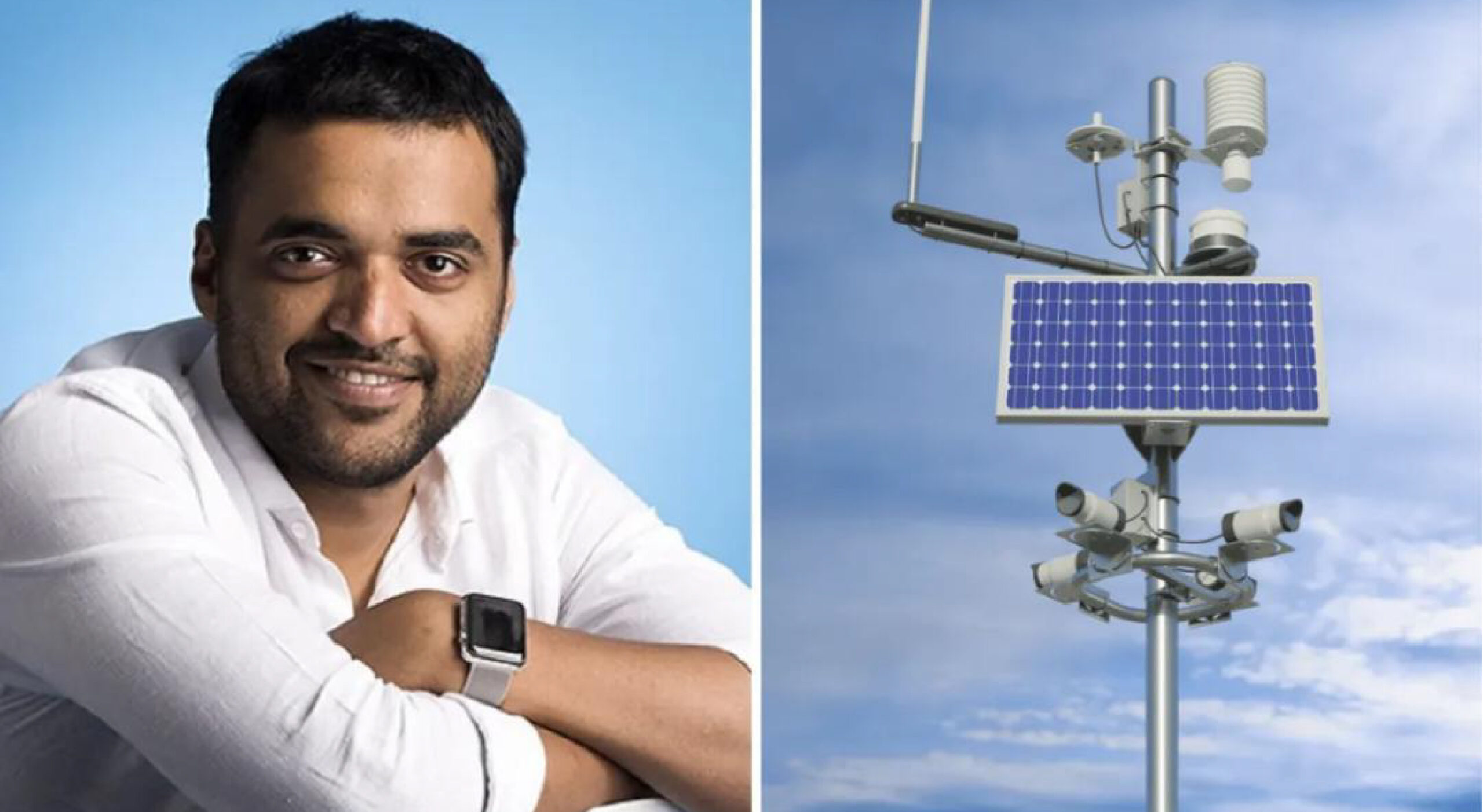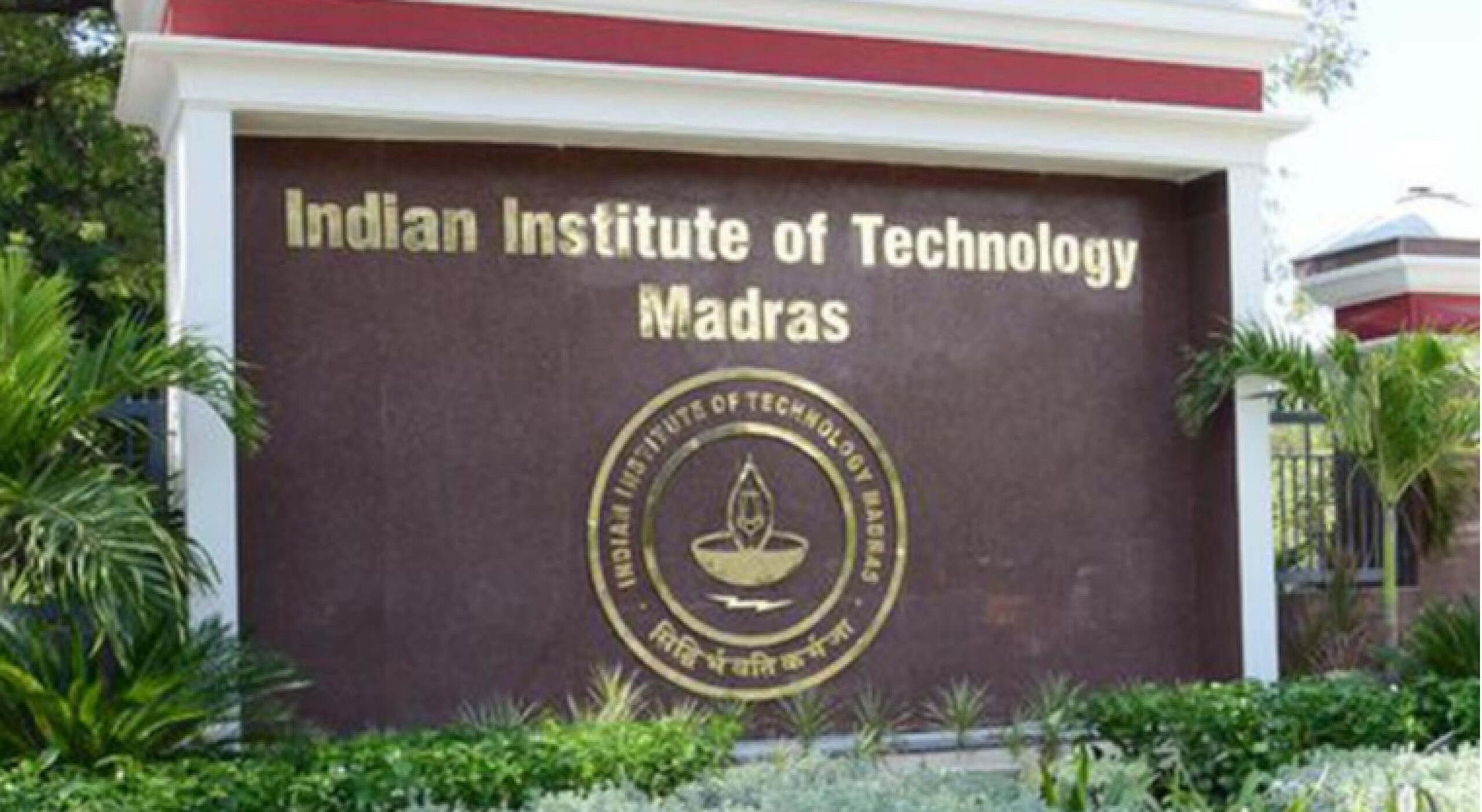Despite a slow start, drone startups secure record funding
- ByStartupStory | January 9, 2023

In 2022, India’s drone industry experienced a record-breaking year for funding because of supportive government regulations, growing use cases, and the first-ever public offering of a drone industry business. Despite this, the country still has a low acceptance rate for drones, in part because the equipment and training are so expensive.
Local drone entrepreneurs raised $39.1 million in equity capital in 2022, more than doubling the $17.5 million raised in 2021, according to research firm Tracxn’s statistics. Yes, growth continued to be strong in 2021, reaching 90%, but it did so from a lesser base of $9.2 million in 2020. Even though there were more investment rounds in 2022 than there were in 2021 (23), there were still more than 11 in 2020. In contrast, global funding for the drone industry increased to $3 billion in 2022, up just 7.1% from $2.8 billion the year before. The funding increase from $1.1 billion in 2020 was more than doubled from the previous year.
The Indian government has made a determined effort to support the drone business. Last year, it unveiled a drone strategy with a focus on domestic production and support for drones-as-a-service in key industries like agriculture, healthcare, logistics, defence, and e-commerce. Nirmala Sitharaman, the finance minister, also unveiled Drone Shakti in February 2022, a plan to turn the nation into a drone hub by 2030. Droneacharya Aerial Innovations was the first drone business in India to go public in late 2017. The business offers drone pilot training for several industries, including mining, agriculture, oil and gas, and others. The company’s shares debuted at a premium of 90% after an initial public offering in which it raised 34 crore, and they have been increasing ever since.
India’s UAV (unmanned aerial vehicle) market is expected to grow to $50 billion over the next 15 years, according to the federal policy think tank NITI Aayog, as drones are anticipated to replace 80% of the tasks currently performed by human aircraft.

Startups for drones are pushing for greater acceptance. Garuda Aerospace, an Indian drone manufacturing and operations business with offices in Chennai, debuted the first of its 1,000 planned drone centres of excellence (CoE) for drone skilling on December 6. CEO Agnishwar Jayaprakash stated in an interview that Garuda Aerospace would establish these centres within the following three months and train 100,000 drone pilots in 2019.
Despite having the potential for rapid expansion in the future, the industry is still in its infancy at the moment. In spite of paying $65,000 for a five-day training, Dharna Nar, who obtained her licence as a drone pilot earlier this year from a Remote Pilot Training Organization (RTPO), claimed she has had to expand her career beyond drone operation. The cost of drones and the dearth of accessible commercial drone projects, according to Nar, who owns the enthusiast drone training centre Drone School India, are two of the main causes of the labour shortage. “While there are employment opportunities for drone operators right now, most such roles are not full-time, and are very infrequent and occasional in nature,” she said.
Drones made in India might cost up to four times as much as drones made to international standards, like those produced by Chinese drone manufacturer DJI, according to Karan Kamdar, CEO of Mumbai-based drone manufacturer 1 Martian Way and president of the India Drone Racing League.
The price of drones built in India, he continued, could affect adoption as only drones that are made domestically and have a Unique Identification Number (UIN) are legal in that country. According to Akshay Singhal, partner, technology at EY, it would likely take “another 18 months” for drones to be widely used in India.
According to a recent EY-FICCI analysis titled “Making India the drone capital of the world,” the drone and its component industries can greatly boost India’s manufacturing potential to $23 billion approximately by 2030. In order to make India the world’s drone hub by 2030, delivering the most competitive and creative manufacturing capabilities, strong action plans are also required to generate a strong demand, promote manufacturing, attract investments, and facilitate exports.








